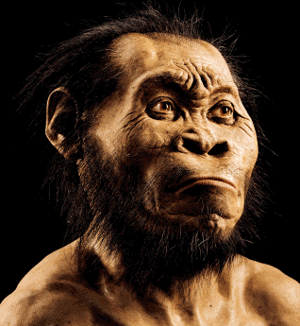A thigh bone found in China suggests an ancient species of human thought to be long extinct may have survived until as recently as the end of the last Ice Age.
The 14,000 year old bone - found among the remains of China's enigmatic 'Red Deer Cave people' - has been shown to have features that resemble those of some of the most ancient members of the human genus, Homo, despite its young age.nThe discovery was made by a joint team led by Associate Professor Darren Curnoe from UNSW Australia (The University of New South Wales) and Professor Ji Xueping from the Yunnan Institute of Cultural Relics and Archaeology (YICRA, China). Their study is published in the journal PLOS ONE. The findings result from a detailed study of the partial femur, which had lain unstudied for more than a quarter of a century in a museum in southeastern Yunnan, following its excavation along with other fossilised remains from Maludong ('Red Deer Cave') in 1989.
The investigators found that the thigh bone matched those from species likeHomo habilis and early Homo erectus that lived more than 1.5 million years ago but are cautious about its identity. The discovery is expected to be controversial because, until now, it had been thought that the youngest pre-modern humans on mainland Eurasia - the Neanderthals of Europe and West Asia, and the 'Denisovans' of southern Siberia - died out about 40,000 years ago, soon after modern humans entered the region. "The new find hints at the possibility a pre-modern species may have overlapped in time with modern humans on mainland East Asia, but the case needs to be built up slowly with more bone discoveries
